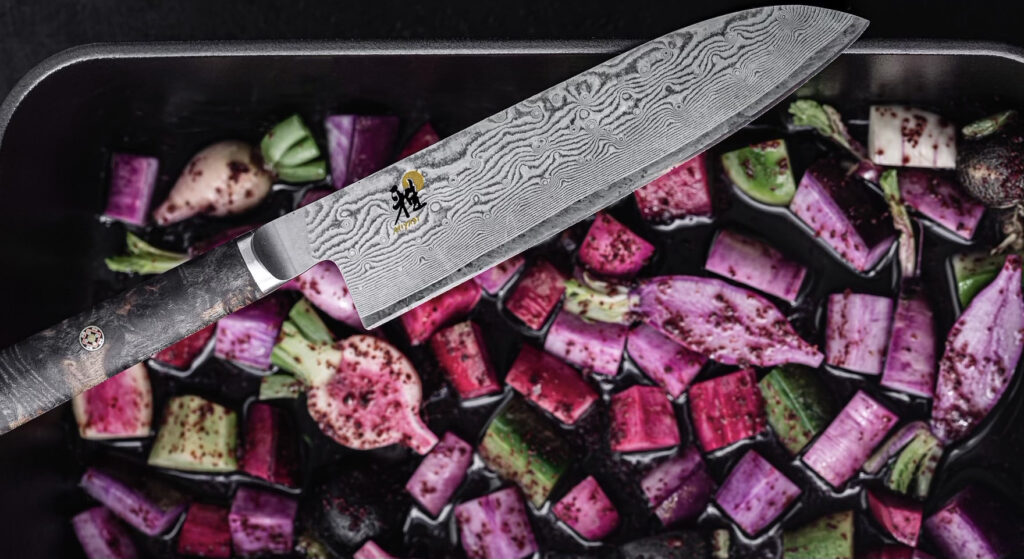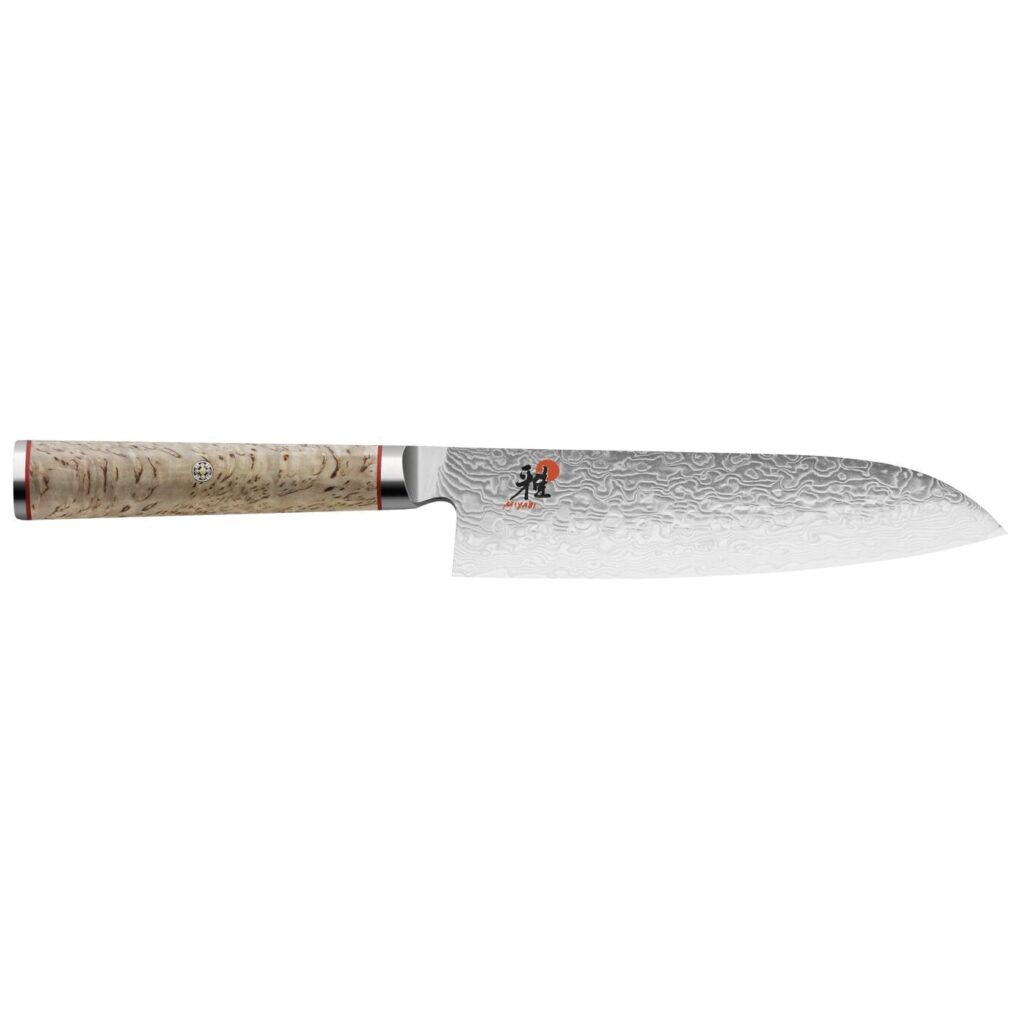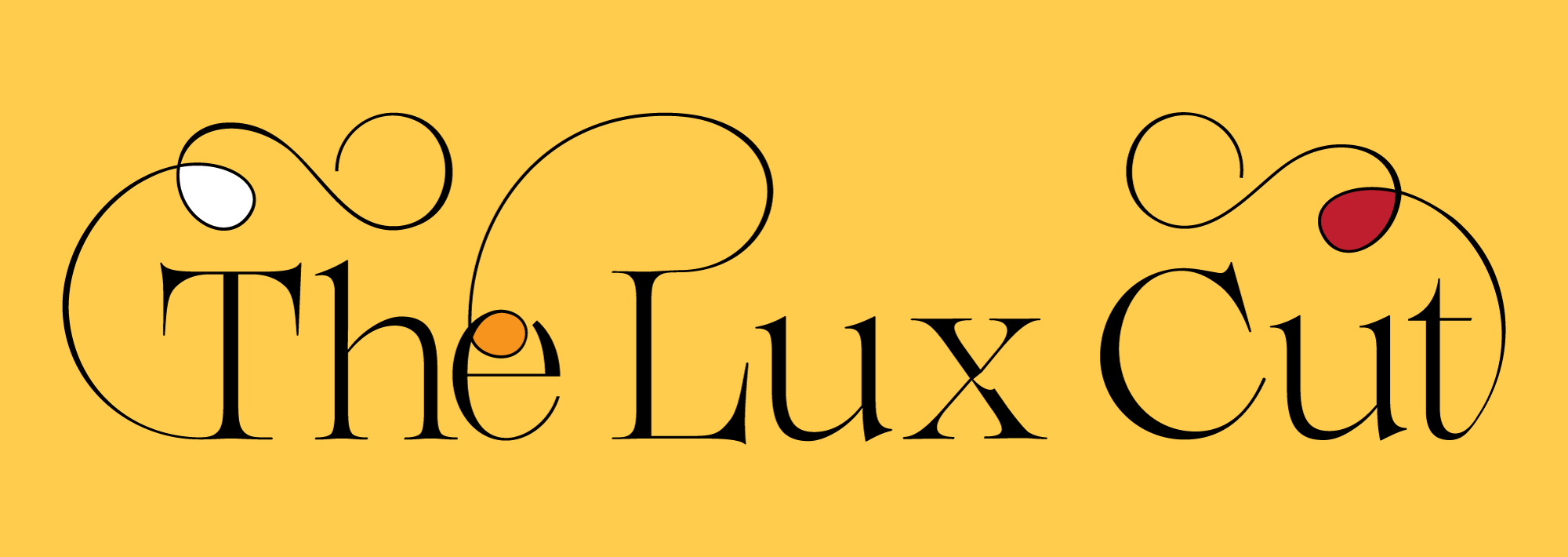Miyabi fuses centuries-old Japanese artistry with modern durability.
When Joanna Rosenberg visits other people’s houses, she’s often shocked by what she encounters in their kitchens.
“They have these beautiful homes – whether it’s their first home, or a second home – and they clearly spent so much money [outfitting it],” says Rosenberg, chief marketing officer for ZWILLING J.A. Henckels. “It’ll have a fabulous kitchen. Then I see that they have junky knives, and I am amazed. How can you spend money on all these things, and the tool that you use twice a day, you don’t invest any money in? Somehow people don’t always give it the attention it deserves.”
Rosenberg has become a bit of a knife maven after working with Miyabi, the Japanese knife brand under ZWILLING’s extensive umbrella that’s netted fans from Iron Chef Masaharu Morimoto to TikTok star A Cook Named Matt. The rise in home cooking during the pandemic has inspired more people to upgrade their cutting tools, she says – and to realize the return on this investment is infinite.
“We have a great guy on our team. He has been in the knife business for a million years, and he often says, ‘You know, when was the last time [pre-pandemic] you went out to a nice dinner… and it was $300?’” she says. “I spend so much money on things that are so ephemeral, and this one, incredibly central tool to everything I do doesn’t get that same kind of love.” Luckily, that’s starting to change – so much so that Miyabi completely sold out during the holiday season in 2020. “We were out of everything,” Rosenberg says.
After a spring restock, Rosenberg shared her tips for researching, purchasing and maintaining knives.

Do your research
It’s worth learning a bit about the history of knifemaking and keying in on the countries that specialize in it – namely Japan, Germany and France. Miyabi knives are made in Seki, which was once the samurai sword capital of Japan. “After World War II, the industry behind making samurai swords was just not there. There was a transition of many of the craftsmen from making samurai swords to kitchen knives,” Rosenberg says, while maintaining “the pursuit of sharpness.”
Decades later, “the vast majority of the work in the Miyabi factory is done by hand… by the master craftspeople who have to be there for three years to qualify as a fully vetted craftsperson,” she says. “For many years, it was all men, but now, just recently, there are actually more women craftspeople than there are men for the first time in the factory.”
Understand the tension between sharpness and durability
To illustrate these forces, Rosenberg says to imagine a graph with an X axis and a Y axis. “Along the bottom axis, or the X axis, it goes from not so sharp to very sharp. And then on your Y axis, the top of the vertical line would be really durable, and at the bottom of the line would be not durable. ‘Not durable’ means it chips, the tip breaks off, that kind of stuff,” she says. “If you’re thinking about Japanese versus German or Western [knives] in general, historically, the Japanese knives have always valued sharpness far beyond durability.”
It makes sense if you think of the cuisines of the regions, Rosenberg says. Sushi, sashimi and kaiseki require precision and delicacy. “The sharpness of those knives, in order to do those cuts, was incredibly important,” she says. “Traditionally, there’s great care for tools in Japan, so they didn’t need it to be durable, and they didn’t need it to be rust-resistant, because they treated it with so much care. So, they would make these beautiful, very, very sharp knives.”
In comparison, heartier and more rustic German or French fare – sausages, braised meats, root vegetables, etc. – required sturdier knives. “A classic German or French knife, like any Western knife, will be pretty sharp… but it will also be really durable, meaning it’s not going to rust, it’s not going to chip. You can go through a bone. You can cut up a butternut squash. You can leave it in the sink overnight.” Modern versions can even be put in the dishwasher.
“Historically, it was always a little bit of a trade-off: Do you want to choose sharpness, or do you want to choose kind of more of a balance between sharpness and durability?” Rosenberg says. “We really pushed that forward, so you can get sharpness and durability in Japanese knives in a way that you never could before.”
Spend for quality
“Be prepared to spend more than $100,” Rosenberg says. “How much more than $100 is up to you, but don’t cheap out on this particular thing. If it means saving money for a little bit, it’s worth it.”
Take knives for a test-chop
“There is great joy in being able to walk into a store and hold knives in your hands,” Rosenberg says. Many stores, like Sur La Table, will offer carrots or cucumbers for guests to chop so they can get a sense of the knives they are considering. “With some things, the best is the best, and it’s the best for everything,” Rosenberg continues. “I don’t think that’s the case with knives. I think it is a personal thing.” Analyze knives’ size, weight and design and how well they align with your hand and cutting style.
Cut on the right surfaces
“Cut on wood, bamboo, decent plastic or composite,” Rosenberg says. “Do not cut on glass or ceramic. It is the fastest thing to dull your knife.” While she likes beautiful cutting boards for serving guests, she opts for a workaday plastic board 90 percent of the time.
“I’ve got another tip, because everybody does this,” she says. “When you cut up a bunch of veggies or onions or whatever, when you’re scraping them from your board into your pot or into the garbage, don’t scrape with the sharp side of the knife.” This quickly dulls the edge. Rosenberg recommends using the blunt edge or investing in a bench scraper for this job.
Clean your knife properly
“I’m always amazed that anybody puts any good knife in the dishwasher,” Rosenberg says. “You can. Our German knives are dishwasher-safe. If you have a top rack silverware [area] and you can put it in there and it doesn’t come into contact with anything else, that’s fine.” The problem is with old-school dishwashers with silverware compartments on the bottom rack. These allow the knives to bang against other objects, which rapidly dulls them.
Store smartly
“Be safe on storage,” Rosenberg cautions. “Don’t drop the knife in a drawer with a million things. Personally, I like magna bars [magnetic strips] because they don’t take up any counter space.” Knife blocks are most popular among Miyabi’s customers, and Rosenberg also recommends a “simple in-drawer solution.”
Sharpen regularly
“Even the world’s best knife, after you use it every day for six months, will get dull,” Rosenberg says. She recommends a handheld sharpener or taking your knives to a trained professional in a cookware store or local knife shop. Or buy a block that will help you out a little. “The fastest growing segment that we have right now is our sets that come with self-sharpening blocks, which are very sophisticated [tools] that are constantly keeping your knives at about 95 percent of the factory edge angle, just by pulling it in and out.”
The Lux Cut Pick: Miyabi Birchwood 500 MCD

These luxe beauties have a common thread with some of history’s most precious objects. “The handles are made with Karelian birchwood, which is a very special wood. It’s the only wood that was ever used in Fabergé eggs,” Rosenberg says. “We specially pick and age blocks of Karelian birch… only a certain percentage of them are ground down to reveal a beautiful enough handle.” Paired with a blade made of SG2, a very hard traditional steel, “it gets very sharp out of the box and stays sharp for a long time.” It’s Miyabi’s second-best seller in terms of sales dollars. Because of its rare materials, “we often have inventory problems with it,” she says. “But if you can get it, it is a really, really special knife or line to have.”









